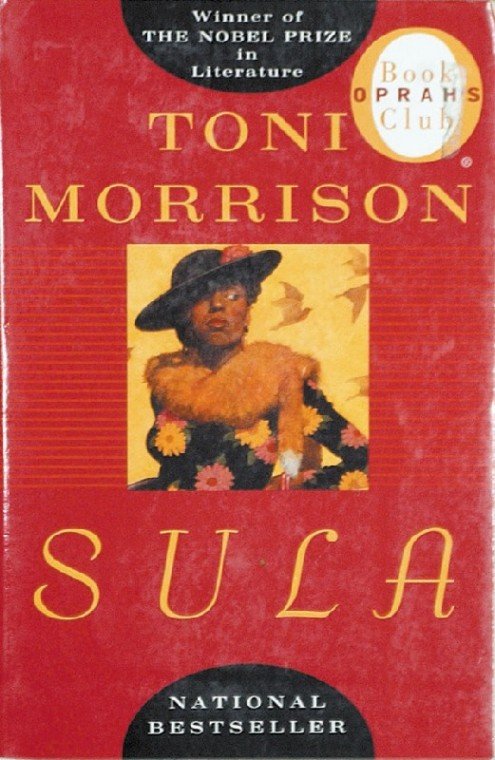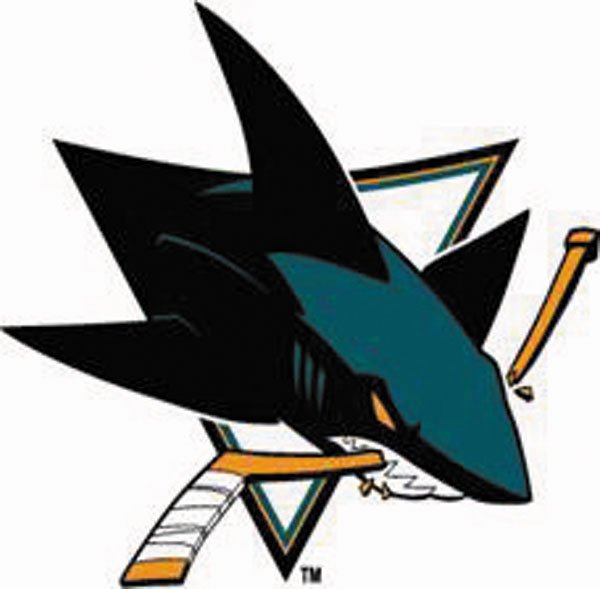Six months after the American Library Association hosted its
annual Read a Banned Book week, we wanted to know: What do parents
consider appropriate for their children to read?
Two South Valley mothers laughed at the very thought of a school banning “The Adventures of Huckleberry Finn” by Mark Twain from the classrooms. However, they said they’d like to be informed if their children were going to read “Beloved” by Toni Morrison, which also deals with racial prejudice but more graphically details life in slavery, including stark discussions of rape and bestiality.
“I certainly don’t think a book like (‘Beloved’) should be banned, but I would appreciate a letter home so I could be prepared to discuss some of the more difficult topics with my son,” said Karen Titus, whose son attends Gilroy High School. “But it seems like most of the books that have been challenged are books you’d want to keep around. I think it’s silly that ‘To Kill A Mockingbird’ or ‘Huckleberry Finn’ have been challenged when they teach tolerance.”
With every book assigned in a public school, with every family trip to the library and now, six months after the American Library Association (ALA) hosted its annual Read A Banned Book week, the question arises: What books are appropriate for your children to read?
“I’m never shocked by what books are banned or challenged, and maybe that’s sad,” said Mario Ferrito, an English teacher at San Benito High School. “But I can remember many of these same books being challenged when I was in high school, and I think they’ll always be challenged. I don’t know when that’s going to stop.”
“Huckleberry Finn” is one of many books that has been challenged by parents at school board meetings across the country for decades. The classic novel is about an orphaned adolescent boy and a runaway slave evading authorities using a raft on the Mississippi River. Most parents challenging the book take issue with the book’s repeated use of the word “nigger.” One mother challenged the book in Morgan Hill within the last year.
“I remember ‘Huckleberry Finn’ coming up at a city council meeting, and though I was a little surprised, I suppose every parent has to make that decision for their child,” said Rosanne Macek, a community librarian in Morgan Hill. “It’s their choice as a parent, and we can’t question that choice. It’s our job to provide the widest variety of materials for our community, not to make that choice.”
Occasionally, a parent questions why some books are placed in the children’s section of the library, Macek said, and the library will re-evaluate a book and decide whether the parent’s concerns are valid.
“Parents have to remember our children’s section covers materials for children from 0 to age 13,” she explained. “Some titles we feel are appropriate for the older age group may not be appropriate for younger children. It’s a legitimate concern, but parents just need to look at the books their children want to check out and decide if they are OK.”
“Harry Potter” was another book that recently made the ALA’s list of most-challenged books that Macek said she was surprised to see. The book is often challenged because it features magic and witchcraft, which some parents worry are “occult themes or promoting the occult or Satanism,” according to the ALA Web site.
“I can’t think of anything in ‘Harry Potter’ I would object to,” said Julie Melendres, a Gilroy resident and mother of four. “It’s another kind of writing; it’s fantasy. I don’t see how it’s any different from a story about fairies. A lot of books are make-believe, so how is ‘Harry Potter’ different?”
At GHS, parents can opt to have their children read a different book if the selected class text doesn’t meet their approval, said Jane Singleton, a GHS English teacher.
“Some parents feel they need to protect their children from the seedier side of life, and I don’t think that’s a problem at all,” she said. “Parents know their kids best and should be able to control what they have access to. We can’t show an R-rated film in class, and if you put a rating on some books, they would definitely be rated R. Some books, like ‘Beloved,’ would be rated X. I steer away from those kinds of books at work, and I don’t read them for pleasure. Just because it’s in print doesn’t make some of the content any more palatable.”
No matter the content of a book a child is reading, the most important thing is to talk about the books and explain the historical context of the subject matter, Ferrito said.
“Things come up in class discussion, and almost every teacher has to deal with some touchy subjects,” he explained. “But you have to be on the offensive when you’re preparing to teach certain books or certain passages. If the teacher sets the tone, it doesn’t have to be a major issue. When I teach ‘Lord of the Flies,’ which has a history of being challenged, I always give my students the background of the time frame (William) Golding was writing the novel. (The book) is really an allegory for different nations and different causes – like communism or fascism or capitalism or any other ‘ism’ trying to take over the world – just as much as it’s a book about these two factions of boys on an island.”
The Board vs. Pico
In 1982, the board of education of the Island Trees Union Free School District removed certain books from the district’s junior high and high school libraries because the board considered the books “anti-American, anti-Christian, anti-Semitic and just plain filthy.”
A 17-year-old student in the district, Steven Pico, challenged the board’s decision in a suit at the federal district court. The board won, but the U.S. Court of Appeals for the Second Circuit reversed the decision. The board petitioned the U.S. Supreme Court, which agreed to hear the case.
The Supreme Court needed to decide if the First Amendment was violated when the board banned certain books from the library. The books included “Slaughterhouse-Five” by Kurt Vonnegut, “Down These Mean Streets” by Piri Thomas, “Best Short Stories of Negro Writers” edited by Langston Hughes and “Go Ask Alice” by an anonymous author.
Ultimately, the Supreme Court decided the First Amendment had been violated when the board banned the books. The 5-to-4 decision said the board could not restrict the availability of books in its libraries simply because its members disagreed with the books’ ideas and content.
Source: www.firstamendmentcenter.orgChallenged Books
Challenged Books
Here are 20 of the 100 most-frequently
challenged books from 1990 to 2000.
“I Know Why the Caged Bird Sings” by Maya Angelou
“Harry Potter” (series) by J.K. Rowling
“The Adventures of Huckleberry Finn” by Mark Twain
“Of Mice and Men” by John Steinbeck
“The Catcher in the Rye” by J.D. Salinger
“The Color Purple” by Alice Walker
“James and the Giant Peach” by Roald Dahl
“To Kill A Mockingbird” by Harper Lee
“Blubber” by Judy Blume
“A Light in the Attic” by Shel Silverstein
“Slaughterhouse-Five” by Kurt Vonnegut
“Native Son” by Richard Wright
“Lord of the Flies” by William Golding
“Beloved” by Toni Morrison
“Carrie” by Steven King
“Heather Has Two Mommies” by Leslea Newman
“Bless Me, Ultima” by Rudolfo A. Anaya
“Bridge to Terabithia” by Katherine Paterson
“Sex” by Madonna
“Go Ask Alice” by Anonymous
Source: American Library Association












